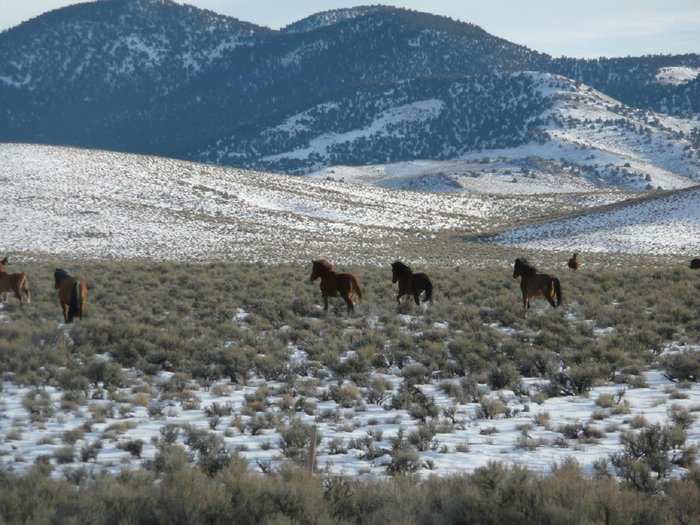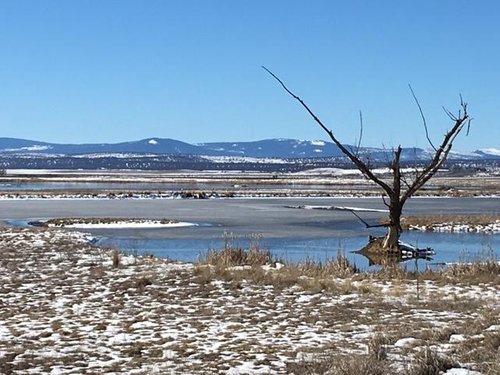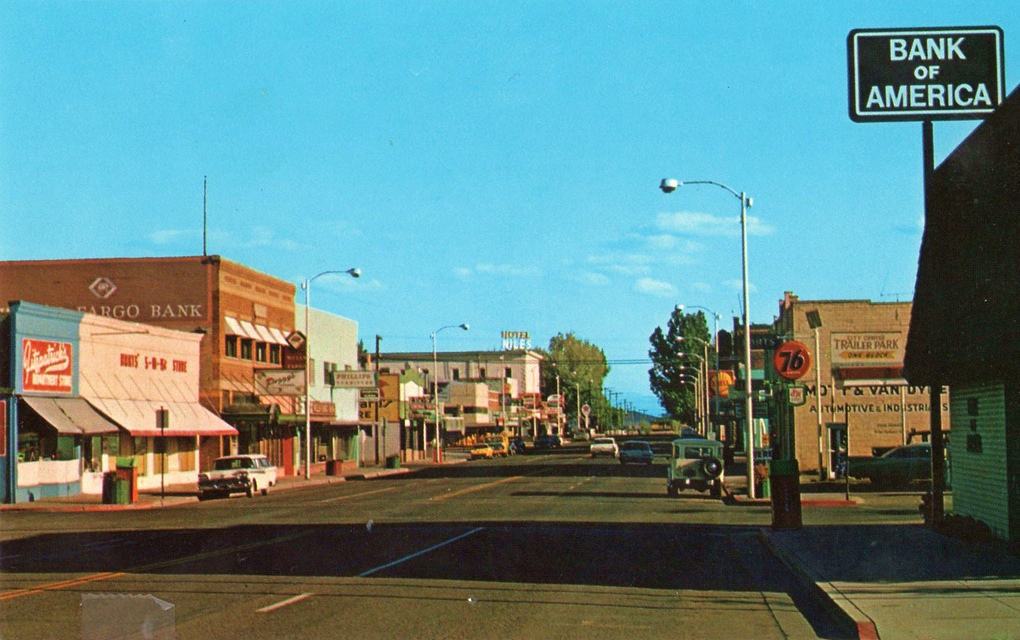Alturas is the county seat of Modoc County, California. Take a look below for 15 fun and interesting facts about Alturas, California, United States.
1. The population of Alturas was 2,715 at the 2020 census.
2. Alturas is located at the confluence of the south and north forks of the Pit River, east of the center of Modoc County, at an elevation of 4,370 feet (1,330 m).
3. As the county seat, the town is a home to regional government offices, including a California Highway Patrol office and a state Department of Motor Vehicles office.
4. Alturas occupies what was initially an Achumawi (Pit River) village known as Kosealekte or Kasalektawi.
5. The city was initially known as Dorris Bridge or Dorris’ Bridge, named after Pressley and James Dorris, who built a bridge across the Pit River at this location.
6. The Dorris Bridge post office opened in 1871.

7. The town was renamed Dorrisville in 1874 and Alturas in 1876, the latter meaning “heights” in Spanish.
8. The census of 1880 showed a population of 148. However, settlement continued over the next two decades, until the city was incorporated on September 16, 1901.
9. Because of its central location, Dorrisville became the county seat when Modoc County formed in 1874, even though both Adin and Cedarville were then larger towns.
10. Alturas straddles the North Fork of the Pit River, near its confluence with the South Fork in the north end of South Fork Valley, in the extreme northeastern corner of California at WikiMiniAtlas41°29′14″N 120°32′33″W.
11. The tall Warner Mountains lie to the east, the wetlands and wild rice fields of South Fork Valley to the south, and the extensive Modoc Plateau to the north.
12. According to the United States Census Bureau, the city has a total area of 2.4 square miles (6.2 km2) and 0.57% of it is covered by water.

13. Alturas is the headquarters to the Modoc National Forest, the Applegate Field Office of the Bureau of Land Management, the Modoc National Wildlife Refuge and other recreation areas, and is the trade center for the agricultural region, which produces beef, sheep, potatoes, alfalfa and lumber.
14. Despite its abundance of wilderness, recreational opportunities, hunting and fishing resources, and natural environment, tourism is not a major sector of the local economy – largely due to the city’s remote location.
15. Local, State, Federal, and Tribal governments are the largest employers in Alturas. A vibrant timber industry collapsed in the early 1980s due to increased production costs and low market prices for softwood lumber.




